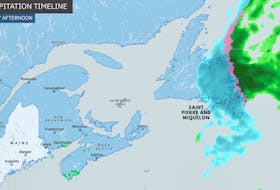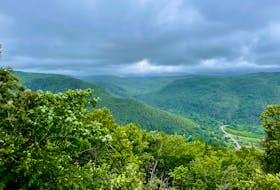The moody scene set by steam rising off the surface of a sunlit pond is a beautiful sight. It becomes more common as the days grow shorter and the warmth of summer shifts to cool autumn mornings.

The phenomenon goes by many names, including steam fog, evaporation fog, and sea smoke. What makes it happen?
It forms when water vapour is added to air that is much colder; the vapour condenses into fog and often looks like wisps rising from the surface of water.
Lakes, ponds and rivers are much slower to cool down than land areas are. During clear fall nights, the warmth of the land escapes into space. As the air over the land cools, it drifts over the warmer water. A thin layer of air above the water is warmed by the water below. Water that evaporates from the pond into this thin layer of air mixes with the cooler air from the land. As it cools, condensation occurs and a fog forms. This process doesn’t only happen over bodies of water, but also over moist surfaces, like dew-covered pastures or even over your own skin if you get sweaty while jogging on a chilly morning.
Last week, the weather systems that barrelled across the region ushered in cooler air, but the wind was strong and that wasn’t conducive to the formation of fog. That wind also has a name: it’s called a mixing wind. The mixing wind doesn’t allow the colder air to settle close to the ground and often saves the garden from a fall frost.
The next time you’re out for an early morning stroll and come across some steam fog, you can appreciate the beauty of it and the science behind it too!
- Have a question about the weather? Email [email protected].
- Want more weather information? Visit WeatherByDay.ca
Cindy Day is the chief meteorologist for SaltWire Network.









